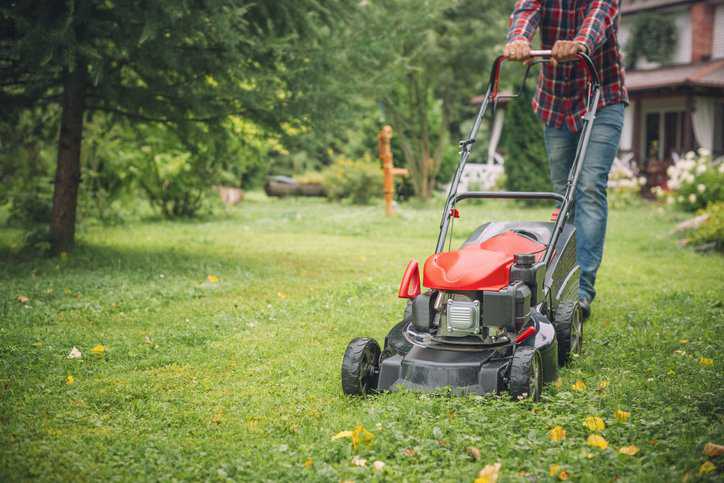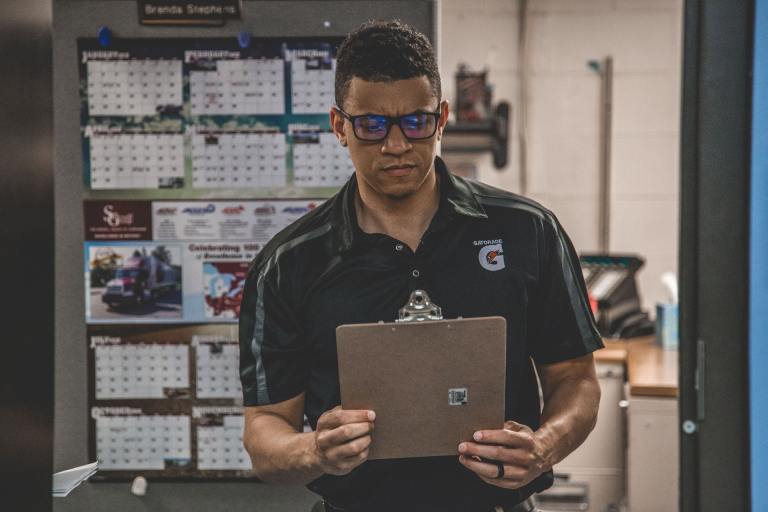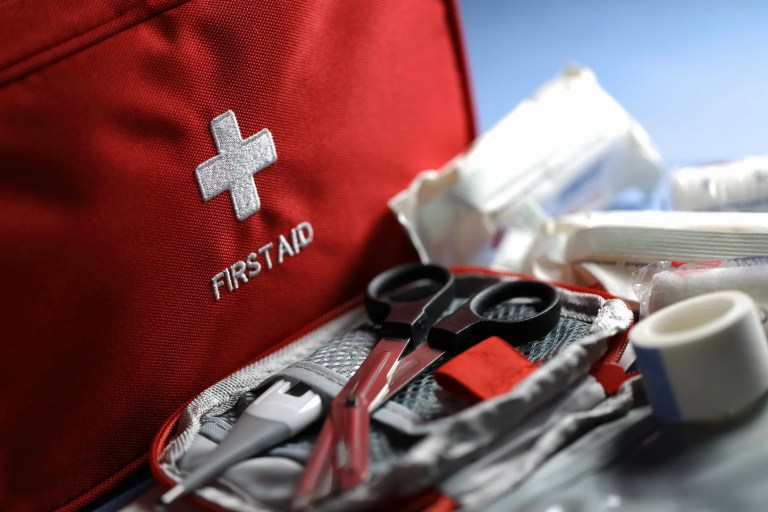ANSI/OPEI 5395-1-2024: Combustion-Engine-Powered Lawnmowers

More than 250 million highway transportation vehicles in the United States rely on internal combustion engines. Besides vehicles, lawnmowers often rely on combustion engines. Each year, between 5 and 6 million gas-powered walk-behind lawn mowers are sold in the United States. The market for these devices is high because regularly mowing the yard not only trims grass but also fights the growth of weeds, making for a healthier lawn. ANSI/OPEI 5395-1-2024: Garden Equipment – Safety Requirements For Combustion-Engine-Powered Lawnmowers – Part 1: Terminology And Common Tests applies to combustion engine powered rotary lawnmowers.
What Is an Internal Combustion Engine?
Internal combustion is one way energy is created. An internal combustion engine is a type of heat engine that uses the combustion of fuel and air to produce mechanical force and power. The combustion process (also known as burning) occurs inside the engine’s combustion chamber, where the fuel and an oxidizer, which is usually air, is ignited. The fuel can also utilize renewable or alternative fuels like natural gas, propane, biodiesel, or ethanol.
What Is ANSI/OPEI 5395-1?
ANSI/OPEI 5395-1-2024 specifies terminology and common test methods used for verification of safety requirements for combustion engine powered rotary lawnmowers and cylinder lawnmowers. The American National Standard defines a lawnmower as a ‘lawn-cutting machine, powered by a combustion engine, where the cutting means operates in a plane approximately parallel to the ground and which uses the ground to determine the height of cut by means of wheels, air-cushion or skids, etc.”
ANSI/OPEI 5395-1-2024 includes pedestrian-controlled lawnmowers, with or without sulky (i.e., a removable trailing platform with wheels, rollers or skids designed to carry an operator while controlling a self-propelled pedestrian-controlled lawnmower). The standard also applies to ride-on lawnmower types equipped with:
- Metallic cutting means and/or;
- Non-metallic cutting means with one or more cutting elements pivotally mounted on a generally circular drive unit, where these cutting elements rely on centrifugal force to achieve cutting, and have a kinetic energy for each single cutting element of 10 J (7.4 ft-lb) or more
This standard does not apply to robotic and remote-controlled lawnmowers, flail mowers, grassland mowers, sickle bar mowers, towed/semi-mounted grass cutting machines, and scrub-clearing machines as well as electrically powered and battery-powered lawnmowers.
How Does an Internal Combustion Engine Work?
Combustion produces an expansion of high-temperature and high-pressure gases. These gases apply direct force to some component of the engine. Usually, the force is applied to pistons (piston engine), turbine blades (gas turbine), a rotor (Wankel engine), or a nozzle (jet engine); this force moves the component over a distance. As a result, chemical energy is transformed into kinetic energy which is used to propel, move, or power whatever the internal combustion engine is attached to. In other words, combustion within an internal combustion engine is when a chemical change happens inside a controlled chamber within the engine that results in heat, or mechanical energy.ANSI/OPEI 5395-1-2024: Garden Equipment – Safety Requirements For Combustion-Engine-Powered Lawnmowers – Part 1: Terminology And Common Tests is available on the ANSI Webstore






